If I were to commission a book on fly-tying from an author, the description of this book would be close to what I'd order.
Updated or edited 9 months ago
If I were to commission a book on fly-tying from an author, the description of this book would be close to what I'd order. The subtitle says it all: Developing, Testing, & Improving Saltwater Fly Patterns.
This is the thinking fly-tyer's book.
The author covers the process of coming up with a new pattern and the process of tying and modifying existing patterns from considering the food items, observing them, coupling it to the eating behavior strategy of the predator, selecting materials and many other aspects of fly design and fly-tying.
The book consists of three main parts: design thoughts, patterns and tyers.
The first part is by far the most interesting with the two others covering specific flies and some tyers thoughts on their well known patterns.
Chicone uses the introduction to make the reader think about fly design from the aspect of food items and predator physiology and behavior.
This might sound a little complicated, but it's actually just common sense, and very easy to follow. Chicone covers everything from profile over mobility to colors, and does so in a way that makes it easy to understand and apply to your own fly-tying.
The book goes through some thoughts of fly design, some overlooked aspects of material and hook choice and a ton of general advice on designing your own patterns as well as improving on existing flies like getting them to swim right, keeping them from fouling and much more.
The author also covers some very mundane aspects of fly tying, and even though I agree that using a half hitch and properly matching feathers in symmetric designs is an important part of a fly tyer's toolbox, I sometimes wonder why these very basic skills are repeated so often in books like this, which after all must be considered to target the advanced or at least seasoned tyer. Chicone also has a large section on dying with KoolAid, again quite useful, but not a thing I'd expect to find in a book that aims to educate on getting from thoughts on shape, color and action of a pattern to the finished fly. Color selection and matching, yes, but dyeing...? No.
Well, it's easy to forgive and since we're talking additions and not omissions, you can say that you get more than you pay for. The book sells its messages well even with these extras, and the large format, the many illustrations and more than 150 pages leaves room for some meandering. But I sometimes wish that authors would leave beginner's tips to beginner's books and articles on material preparation or dying to books and articles on these specific subjects, and keep the goal on target, in this case teaching us to form a fly according to our vision and the specific needs of the fishing situation.
The outset of the book is saltwater flies and fish that hunt mainly in the free water or on the ocean bottom, and as such the book might not be directly coined on dry fly fishers or people who fish nymphs. All the patterns shown are saltwater patterns. In my opinion many fly-tyers will still benefit from reading the book, since it does cover some general aspects of fly-tying, which will be useful to a broad specter of tyers.
- Log in to post comments
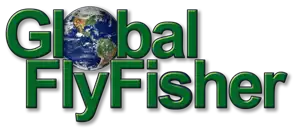
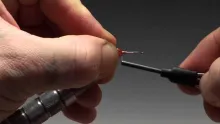
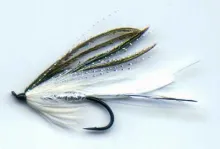
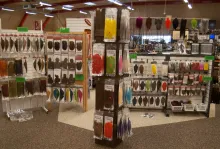
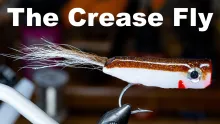

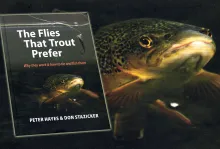

Great book , great r
Great book , great review !